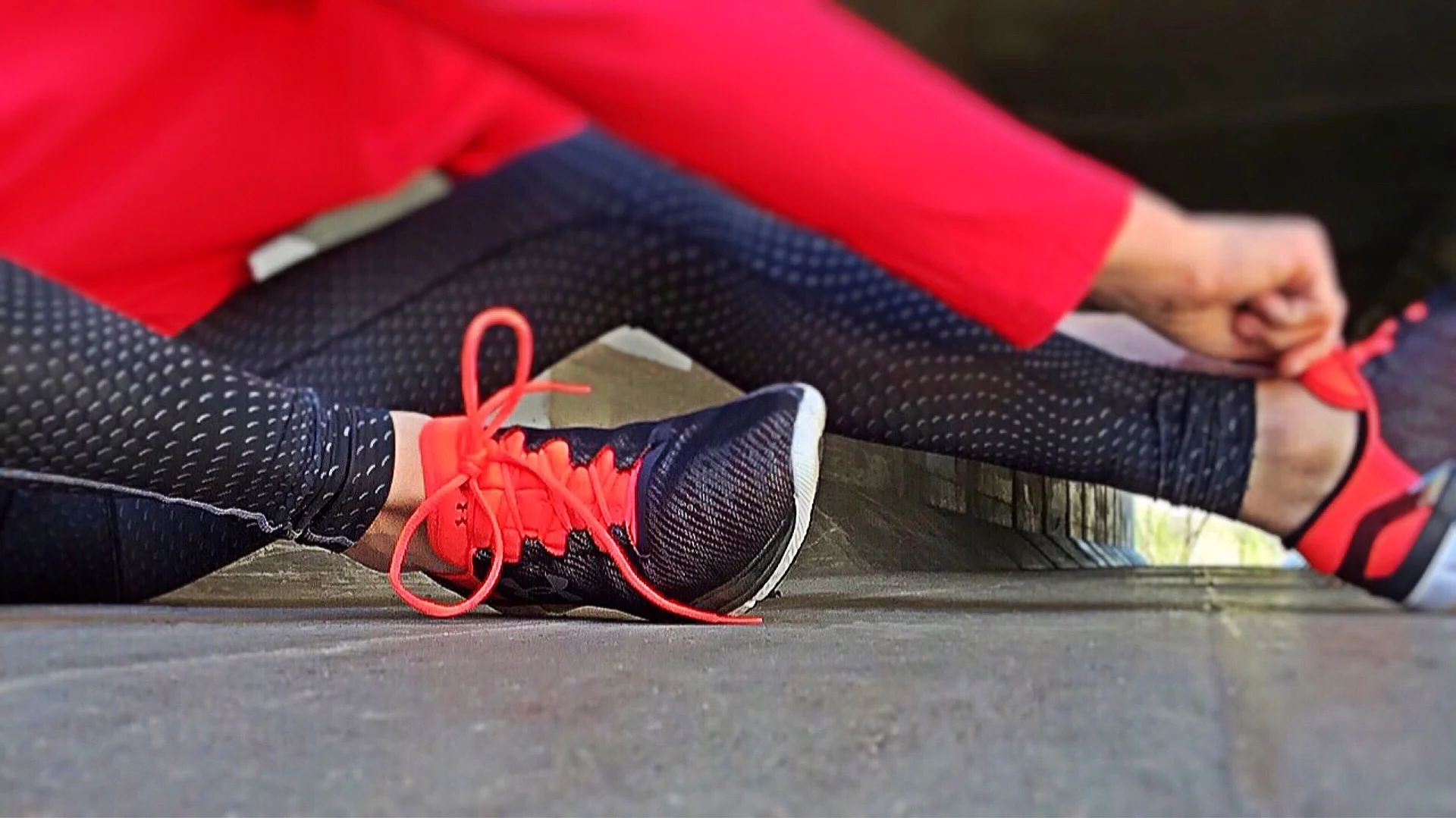Exercise: Yep, it's Still Good for You
We all know that we should get more exercise. In fact, many of you may be aware of HHS' 2008 Physical Activity Guidelines for Americans that say "adults should do at least 150 minutes (2 hours and 30 minutes) a week of moderate-intensity, or 75 minutes (1 hour and 15 minutes) a week of vigorous-intensity aerobic physical activity." But, exercise isn't just about weight management or trying to reach a specific goal like participating in a marathon. Recent research has shown that exercise has an impact on health outcomes for those at risk for type 2 diabetes, heart disease, stroke, high blood pressure, breast and colon cancers, falls, and depression (HHS, 2011).
Physical Activity Basics
Physical activity includes "any bodily movement produced by skeletal muscles; such movement results in an expenditure of energy" (NCI, 2011). Fortunately, "the benefits of physical activity occur in generally healthy people, in people at risk of developing chronic diseases, and in people with current chronic conditions or disabilities" (HHS, 2011). Furthermore, a Taiwanese study published in 2011 found that every additional 15 minutes of daily exercise cut participants' chances of dying from any cause by 4% and from cancer by 1% (Wen et al., 2011; Stein, 2011).Put simply, research on the benefits of physical activity has yielded the following important findings:
"Regular physical activity reduces the risk of many adverse health outcomes.
Some physical activity is better than none.
For most health outcomes, additional benefits occur as the amount of physical activity increases through higher intensity, greater frequency, and/or longer duration.
Most health benefits occur with at least 150 minutes a week of moderate-intensity physical activity, such as brisk walking. Additional benefits occur with more physical activity.
Both aerobic (endurance) and muscle-strengthening (resistance) physical activity are beneficial.
Health benefits occur for children and adolescents, young and middle-aged adults, older adults, and those in every studied racial and ethnic group.
The health benefits of physical activity occur for people with disabilities.
The benefits of physical activity far outweigh the possibility of adverse outcomes" (HHS, 2011)
Exercise Suggestion
Doing an aerobic routine that's based on intervals (short bursts of high-intensity exercise alternated with low-moderate intensity) challenges you cardiovascularly, physically, and mentally. The varied intensities also keep you from boredom and allow you to mentally "bite off" small pieces of hard exercise at a time. Even better, interval training lets people of any age or fitness level get the most out of their workouts in the least amount of time.
Intervals can be done with just about any type of exercise. You can choose to walk or run outside or on a treadmill, ride a bike, do the stair climber, or even just dance. When you are starting out, it's fine to take just 10 minutes of exercise time, excluding warm up and cool down time. An easy formula for interval training is a 1:2 ratio, where you work at a high intensity for, let's say, one minute and slow down to a moderate pace for two minutes. Since we're talking in proportions here, the specific times are not significant, just the 1:2 proportion. Depending on your training goals, you may use different high-intensity:low-intensity proportions.
An example of a 30 minute routine would be:
:00 -:05 - Warm up - low-moderate intensity
:05-:06 - Up your intensity so that you are working hard
:06-:08 - Lower your intensity to recover, slowing your heart rate and breathing down for 1 minute
:08-:09 - High intensity
:09-:11 - Low-moderate intensity
:11-:12- High intensity
:12-:14- Low-moderate intensity
:14-:15- High intensity
:15-:17- Low-moderate intensity
:17-:18- High intensity
:18-:20- Low-moderate intensity
:20-:21- High intensity
:21-:23- Low-moderate intensity
:23-:24- High intensity
:24-:25- Moderate intensity
:25-:30 -Cool Down - low intensity
Now that you have the hang of intervals, begin to jazz up your favorite activities, like yoga or swimming.











